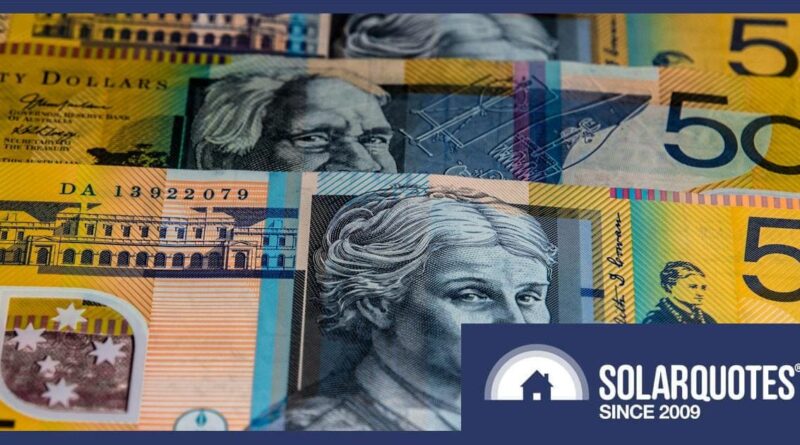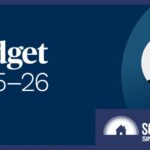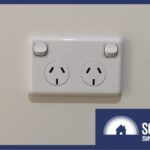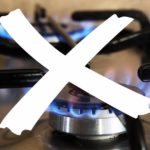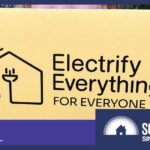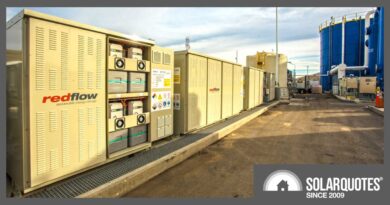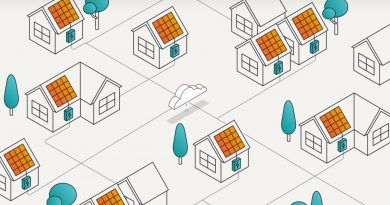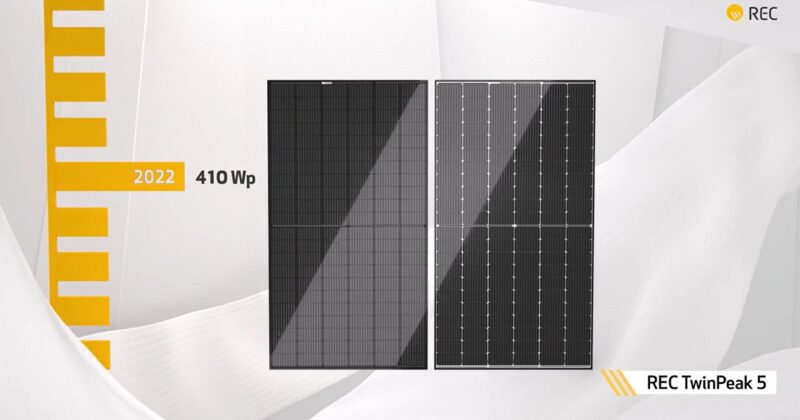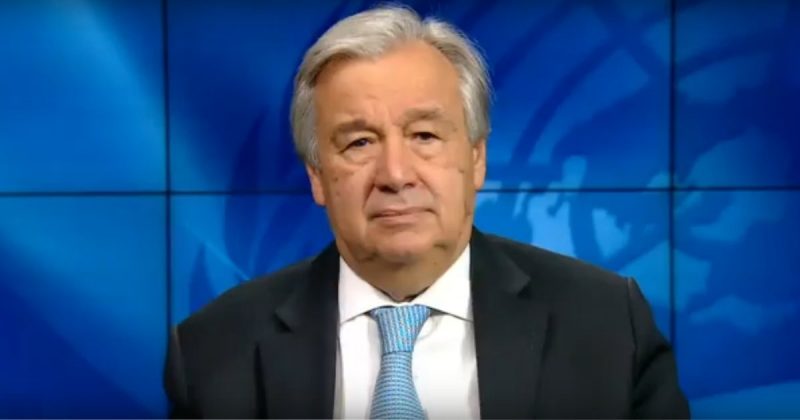Labor’s Power Bill Rebates Could Have Electrified 600,000 Homes
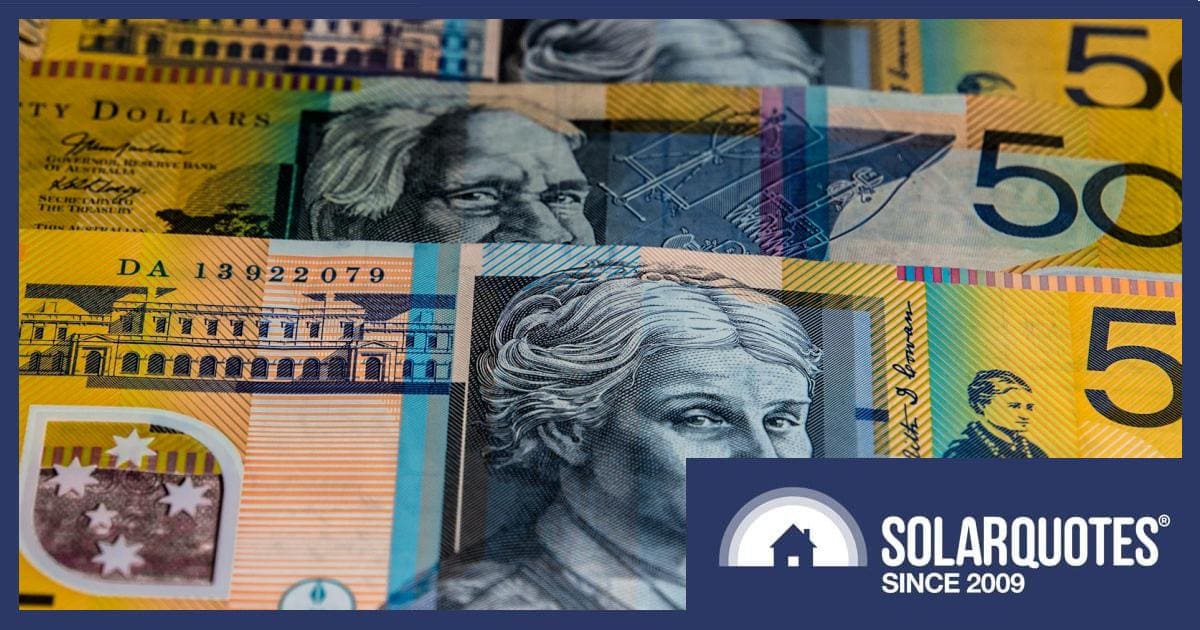
Further power bill rebates in tonight’s federal budget brings the total amount of energy cost relief to $6.8bn under the Albanese government — which would have been enough to embark on the electrification of over 600,000 households, new analysis reveals.
The federal budget will include an additional $150 in rebates on electricity bills for households and small businesses, to be delivered in quarterly instalments from July 1 to the end of this year.
The commitment of the further $1.8bn worth of bill rebates has been criticised across the political spectrum as a “Band-Aid” that does not address underlying energy transition challenges, including by ACT Independent Senator David Pocock.
Funding Could Have Electrified 600 Suburbs
Pocock said that while energy bill relief was “welcome”, he added:
“We’re just putting Band-Aids on when we could be dealing with the root cause here.”
Independent parliamentary budget office costings found that the $6.8 billion invested in power bill rebates across Labor’s term of government could have subsidised comprehensive electrification measures in 600 suburbs across Australia, the Australian Financial Review reports.
Pocock, who commissioned the analysis, argued that “entire suburbs across this country should be fully electrified, getting them off gas. They’d be saving thousands of dollars every single year, not this 150 bucks.”
The analysis was based on Pocock’s own proposal to subsidise up to half the cost of rooftop solar, home batteries, reverse-cycle air conditioners, hot water heat pumps and EV chargers, with concessional loans for the remaining up-front costs.
The Senator was a driving force behind Federal Minister for Climate Change and Energy Chris Bowen directing the Australian Renewable Energy Agency (ARENA) to investigate funding more community electrification projects.
Separate calculations made by the Energy Efficiency Council indicate the $6.8 billion could have fully funded the purchase and installation costs of 2.9 million split system air conditioners, 1.6 million heat pump hot water systems or 2.4 million thermal efficiency upgrades.
“These one-off [bill rebates] aren’t sustainable over the long term. The government should be investing more in energy efficiency and electrification to drive down bills permanently,” said Energy Efficiency Council chief executive Luke Menzel.
On a related note, this year’s Mid-Year Economic and Fiscal Outlook earmarked an additional $2 billion investment for the Clean Energy Finance Corporation to support households and businesses to make the shift to renewables. The funding has been allocated to the CEFC General Portfolio, which among other things provides small-scale asset finance.
Coalition Doubles Down On Gas
As we reported yesterday, the Coalition has (somewhat grudgingly) supported the rebates, however Shadow Treasurer and Federal Member for Hume Angus Taylor was another to roll out the Band-Aid analogy, describing the proposal as “a band-aid on a bullet wound”.
The Coalition however so far has committed to pour public money into fossil fuels rather than electrification, vowing to fast-track Woodside’s North-West Shelf gas project and to offer subsidies to gas plants.
Calls For Rebate To Be Means Tested
Tasmanian Independent Senator Jacqui Lambie blasted the rebate in an interview on Nine’s Today, stating giving taxpayer money back to people to pay back out to electricity companies was a “ridiculous” situation.
Senator Lambie said:
“I really have a problem with this. And it’s not means tested. What do I need 150 bucks for? What a waste of money.”
When Treasurer Jim Chalmers was challenged last May on the initial rebates not being means-tested, he said:
“People on the highest incomes are not our focus, they’re not our concern. But in the absence of redesigning or designing a new system of data-sharing and means testing amongst the energy retailers, we made the assessment that the best way to do it was to provide it broadly.”
A Super-Important Budget
All Budgets are important, but Budget 2025-26 one especially so — not just for Australian households and businesses, but for the Albanese Government, given a Federal Election is soon to follow.
Election day can occur no later than May 17, 2025. There must be at least 33 days from when it is called to when it occurs, and in-person voting must be held on a Saturday. That only leaves three possible polling days left at this point – May 3, May 10, or May 17.
Regardless of the date we land on, the Budget should still be pretty fresh in voters’ minds. Among those voters are those living in over 4 million households equipped with solar systems. Some will be hoping for a national home battery rebate or loan program to be announced; although depending on the circumstances, waiting for rebates could cost them more.
The major parties are also under pressure from an electrification policy initiative from the Greens, who have pledged $8.1 billion to help homes and businesses install solar batteries and electrify their homes.
Both Labor and the Coalition are said to have related announcements to make on electrification, but at this point are still holding their cards close to their chest. Whether anything further will be revealed by Treasurer Chalmers tonight is anyone’s guess, but it may be announced post-Budget as a last-minute sweetener.
The Treasurer will deliver the 2025–26 Budget at approximately 7:30 pm (AEDT) this evening and we’ll be watching for any additional support announced related to home electrification. Subscribe to the SolarQuotes weekly newsletter for a wrap-up of any new developments.
Additional reporting by SolarQuotes Editor Max Opray.
Original Source: https://www.solarquotes.com.au/blog/budget-power-bills-mb3144/

